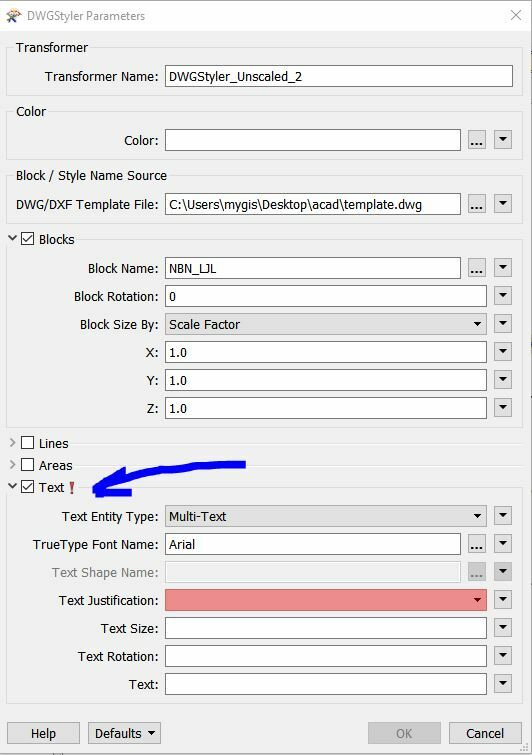When I insert a block using the DWGstyler I need to scale the block by approximately a factor of 1000. I noticed that when I do this the annotation text doesn't appear to scale the way it would if you inserted the block in AutoCAD manually then updated the x and y scale factor. Is there a workaround for this so that both the block geometry and the annotation scales with the DWGstyler scale factor?
Example Workbench:
Best answer by mygis
View original





